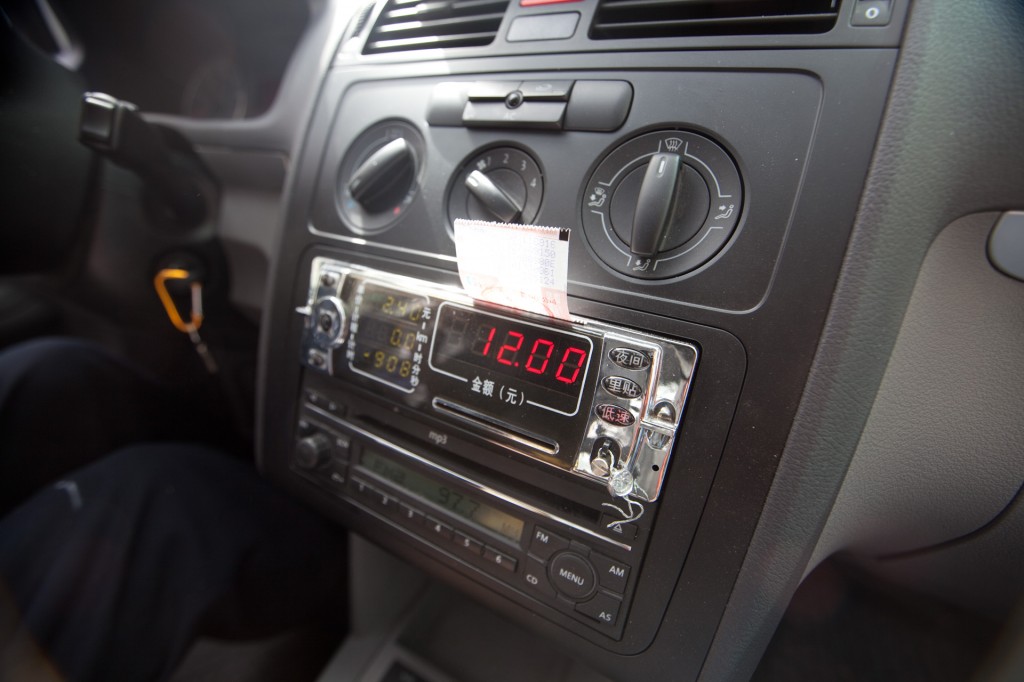Every country has it’s own nuanced taxi services and China is no different: from the expectation that passengers will use of the front-side seat; a light perspex barrier separating the driver from the cab; a variation of the automated ‘welcome to take my taxi’ script in Chinese and English that strains the poor quality speakers once the ride is started; and here in Shanghai at least – being able to use your Metro travel card to make a payment.
At the end of every taxi ride the Shanghai driver’s hand does a little dance – first flipping the meter to stop the fare before patiently hovering over the receipt printer waiting for a receipt to be expelled. Given the brusqueness/efficiency of taxi drivers in this fair city the 20 seconds it takes to print a receipt seems like an eternity – enough time to gather belongings, step out of the car and lean back into the front passenger side window with a waiting hand. If you’re a service designer interested in task analysis – this breaks the flow. Something that is definitely ripe for a design refresh.
That Chinese taxi’s provide official receipts – fapiao is a miracle of sorts – given that this is still largely a cash culture and taxi rides are globally seen as one of a last bastions of cash transactions – ideal for everyday bribery practices that can be found in London or NYC (M-Pesa users in Nairobi are probably smiling to themselves at this point such is the prevalence of mobile transfers in that city).
The official receipts are certainly worth collecting – in China they can be resold for 2 – 10% of their face value – which means that every time you leave one behind in the taxi – its a tip of sorts.
